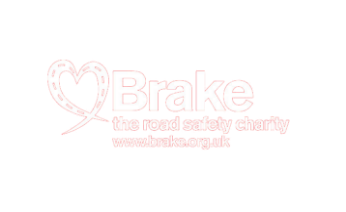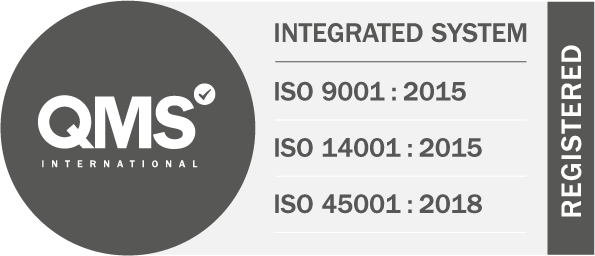How to have difficult conversations with drivers
Providing feedback on driving performance can be a fraught experience for managers, as employees can respond in a variety of ways. To achieve the desired results, it pays to use simple strategies for success
Managing a fleet requires different sets of skills to oversee the two core elements of business transport – the vehicle and the driver.
While vehicle management is a very technical process, managers need to adapt their approach when dealing with drivers, particularly when it comes to performance improvement.
Some drivers can be defensive in discussions about their driving, even if it is in their best interests, so it pays to use simple techniques to ensure any meeting achieves its aims and that employees are relaxed and open to any feedback they are receiving.
Remember, it is not just about what you are saying, but how you are saying it.
Employee Development Expert Ashira Prossack has identified eight core elements of any discussion that must be considered when having potentially difficult conversations.
Direct delivery
Be direct and get to the point quickly. A difficult conversation will become even more challenging if the message is muddled. What are you here to talk about? You don’t have to be harsh, just direct enough to ensure drivers understand what is happening.
Clarity is king
If you are talking to a driver about their performance, you must be clear on where the problem lies. For example, if they are speeding, under what circumstances? How often? Thorough and clear feedback is an important basis for a positive conversation. Frame the meeting around a search for solutions, rather than looking to apportion blame, with a clear message that the focus is on their safety and keeping them from harm. To provide as many concrete examples as possible, it may help to review telematics data or dashcam footage. Reflex Vehicle Hire’s Driive with Reflex service can offer immediate third-party contact with drivers when alerts are triggered to provide them with live coaching while incidents are fresh in their mind.
Be prepared
Before any discussion, consider what you are going to say and try to anticipate what reaction you will get. This will help you plan responses and keep the discussion on track. Detailed planning can avoid you being flustered and provide a solid basis for offering feedback.
Watch your words
Consider what you will say as much as how you will say it. Individual words can lead to very different reactions. Identify the issue and why you are meeting. Apportioning blame is counter-productive, as drivers may have different perceptions of incidents. Instead, focus on contributing factors and how incidents can be avoided in future to support long-term outcomes you would like to see. This can be linked to company-wide aims, such as Zero Harm initiatives and the vital role drivers play. Talk about the benefits of achieving company aims as a team. Providing a vision of a positive outcome gives employees a purpose and something solid to work towards, but also provides a framework for why the conversation is happening in the first place.
Focus on solutions
If you are only pointing out errors in someone’s driving, it does nothing to avoid incidents in future. After providing reasons for meeting and supplying a clear analysis of the issue, move onto improvements that can be made to avoid the situation occurring again. Drivers will benefit from solutions-based management that helps them to protect themselves on the road, especially when the personal benefits are clearly explained, such as reduced chance of injury. It may also be an opportunity for drivers to talk about other factors affecting their performance, which could range from excessive work pressures to personal issues such as depression.
Avoid emotion
Do not let your emotions dictate your delivery. Your behaviour directly influences the response of drivers. A calm approach is important, particularly in the first few minutes of any meeting. Focus on facts and solutions that provide clarity to drivers.
Consider their feelings
If drivers take your feedback personally, or feel threatened or undermined, it is important to allow them to process their emotions. Providing clarity helps them to understand, but also emphasise that you are there to help and support them, not to apportion blame. There can be a lot of causes behind incidents, including the actions of other road users, and everyone is likely to have issues on today’s crowded roads. Emphasise that you are on their side and the support provided is based on keeping them safe. If other road users are the problem, then defensive driving techniques can ensure other people’s bad driving does not threaten their safety.
Allow for questions
Questions are good for two reasons. They help the driver to form a clear view of the issue and it clarifies their understanding of the conversation. If drivers do not ask questions, then you could pose some yourself to check their understanding of the issue and the proposed solution.
Reflex Vehicle Hire provides a range of services to support drivers and keep them safe on the road as part of our Driive with Reflex service. To see the solutions available, visit the Telematics section of the website.
Share to:
Find out more
Find out how Reflex Vehicle Hire can help your company.
Call 0330 460 9913 or visit our contact us page.








@2x.png)

